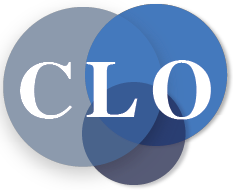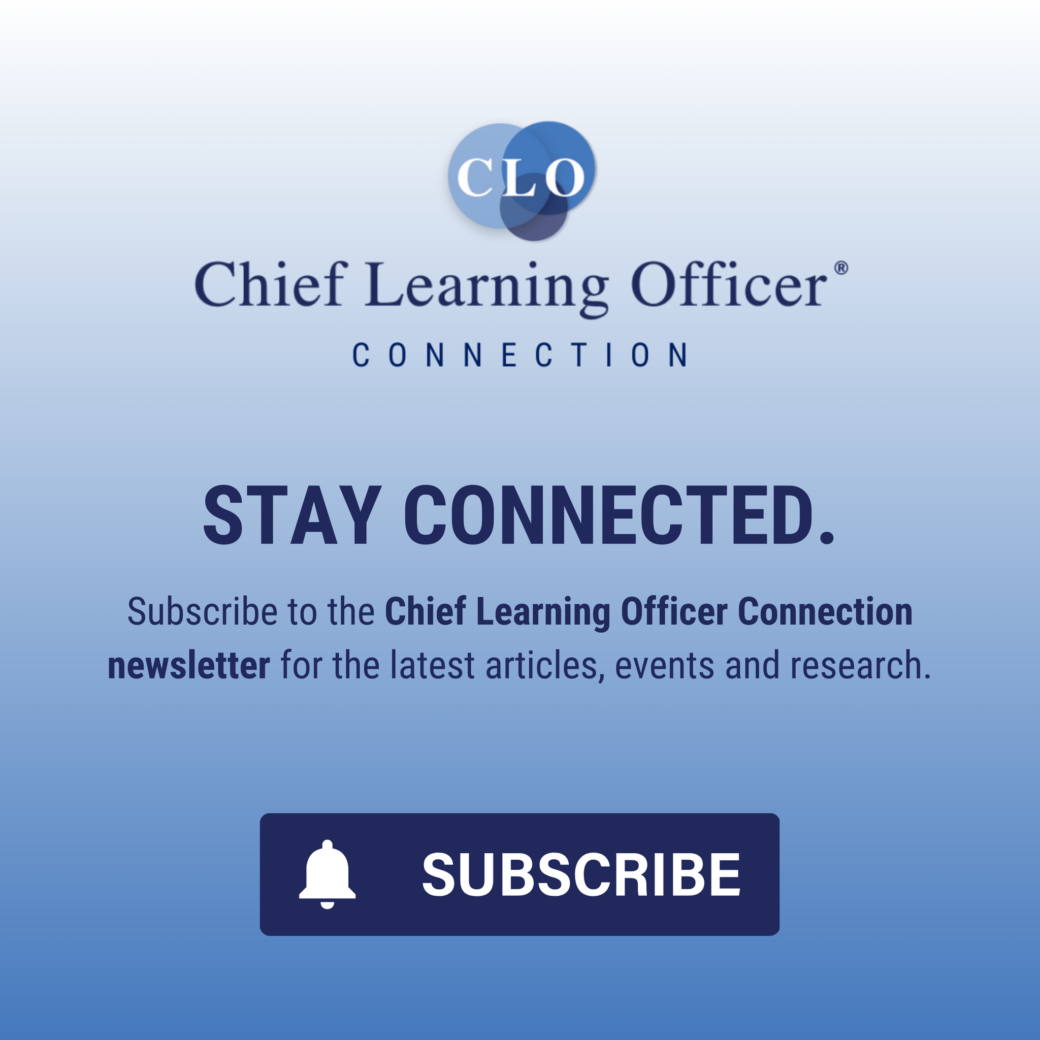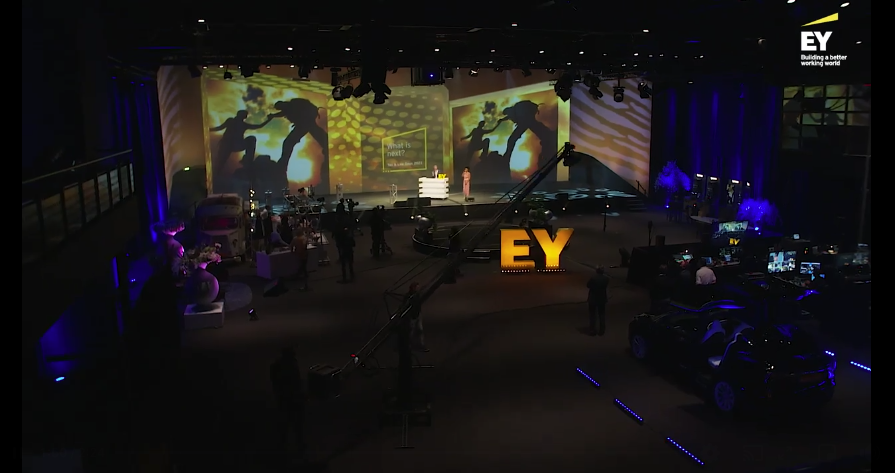Organizations have varying approaches when it comes to the use of data and comprehensive succession technology. Some rely heavily on either vendor- or custom-built data systems to propel succession planning, while others aim to minimize reliance on data in decision-making by emphasizing talent reviews and calibration sessions up, down and across an organization.
Jeff Losey, head of professional development for Farmers Insurance Group’s claims division, said he spends much of his time wading through the department’s custom-built employee-data system in his efforts to manage its employees’ career advancement and learning.
Much like other platforms, Losey said Farmers’ system collects and organizes performance, 360-review, profile, skill and competency data on employees dispersed geographically. Losey said the system is also entirely searchable. Anyone using it who wanted to find someone to fill a role with specific language skills in a certain geographical area could query that information and find that person.
Also, managers and employees provide much of the data; taken together, the system is able to deliver an executive summary of every employee.
But Losey said comprehensive talent data systems might come with shortcomings.
For starters, systems are only valuable when employees and managers actually participate in entering information. The more information in the system, the better the data can serve practitioners. Vast talent systems might also be better at conveying technical skill than the softer leadership skills that have come to be so important in succession planning, Losey said.
Then there’s the chance the data being entered is inaccurate. To combat the risk that data might be inaccurate or not entirely truthful, Losey said Farmers makes sure certain kinds of data — like manager-led 360-degree assessment data — is included when composite employee summaries are generated. This ensures that a vetted, objective view of an individual is presented.
Losey said for as much data and technology as he has at his fingertips, he aims to complement the tool with a fair amount of subjective, qualitative evaluation with others as much as possible.
“I would even go as far as to say that this is just a tool that helps point you in the right direction,” he said.
Other organizations aim to limit the risk of data overload by conducting succession planning only for management levels in the company.
Such is the position taken by John DiBenedetto, executive vice president and chief people officer at General Parts International Inc., a distributor of commercial food service equipment. Using the company’s 20,000-employee database to manage succession planning beyond the management level is “too cumbersome,” DiBenedetto said.
Additionally, when it is time for DiBenedetto and the talent team to present succession development for vice presidents and above to the company’s board of directors, he said: “They don’t care about performance scores. What they’re looking at is what are you doing to grow this individual to be able to become the president of this business unit? What type of training are you giving them? What type of experiential opportunities are you providing them?”
DiBenedetto and his talent team use a committee-consensus approach for succession planning at the higher levels in the organization, with less reliance on large data. “At the more senior levels, the discussion is on what’s it going to take to get this individual ready, and how long will it take?” he said. “At the lower levels, it’s more quantitative around the data.”
Rich Floersch, executive vice president and chief human resources officer at McDonald’s Corp., said even though organizations have established comprehensive data systems that enable detailed succession analysis, often talent conversations among humans prove more productive.
“Data and technology I think are extremely important in terms of being that first screen, but they should not trump the ability to be able to get a conversation about talent,” Floersch said.
Floersch and the McDonald’s talent team coordinate these conversations by holding roundtable calibration sessions — or in-person meetings where key stakeholders holistically evaluate talent — across the organization. The senior leadership team, for instance, might hold a session to discuss the company’s officer population. The sessions typically last about half a day, with exceptional performers and troubled executives getting the bulk of the attention.
“When you get feedback from people from multiple screens — whether you’re a peer, a subordinate or you’re a boss — and you hear that in a room from multiple vantage points, that really does tell a lot about somebody’s ability to adapt, lead, be successful,” Floersch said.
McDonald’s talent team has built similar calibration infrastructure for every level down the organization, from executive level to middle managers and all the way down to the restaurant manager level, Floersch said.
Essential to making the calibration process work is a standard competency model, trusted protocol and a cadre of well-trained talent leaders at every level.
“I can’t sit here in Oak Brook, Ill., and have input in terms of who’s going to become the next restaurant manager in the Oak Lawn, Ill., restaurant,” Floersch said. “But I know I have people in place that are trained to be able to follow the similar protocol, similar competency model — similar leadership competencies that we look for — that will make the right decisions.”
In other words, when the culture and systems are aligned and in place, organizational succession planning is as smooth a process as a McDonald’s drive-through visit or, as in the case of new CEO Mary Barra and General Motors, a well-oiled automobile.

















